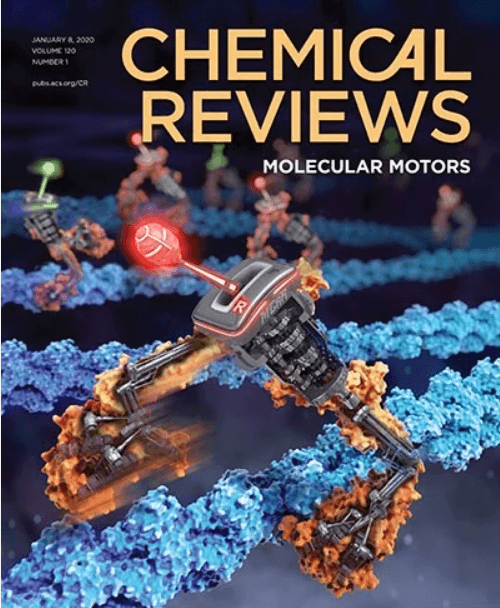来自计算机模拟的固液界面自由能:挑战和最新进展
IF 55.8
1区 化学
Q1 CHEMISTRY, MULTIDISCIPLINARY
引用次数: 0
摘要
液-液和液-气系统界面性质的研究已有近200年的历史,其中有托马斯·杨和威拉德·吉布斯等科学名人的重要贡献。然而,对固液界面的类似程度的理解直到最近才出现,主要是因为与描述它们所需的热力学相关的许多复杂性。固液系统界面自由能的精确计算是确定哪些界面将被观察及其性质的关键。然而,与液体-液体或液体-蒸汽的情况不同,设计和分析分子动力学模拟仍然具有挑战性,因为固-液系统具有独特的复杂性。具体来说,固体的晶格结构引入了空间方向性,固体中的原子构型可以通过拉伸来改变。本综述的主要目的是概述为解决计算固液系统界面自由能的挑战而开发的数值方法。这些方法分为(i)直接方法,明确地计算界面自由能,尽管通常通过复杂的程序;(ii)间接方法,从理想化实验构型的模拟分析中获得这些自由能作为次要结果。我们还讨论了与固液系统界面自由能计算相关的两个关键主题:成核理论和弯曲界面,这是研究中仍然非常活跃的重要问题。本文章由计算机程序翻译,如有差异,请以英文原文为准。

Solid–Liquid Interfacial Free Energy from Computer Simulations: Challenges and Recent Advances
The study of interfacial properties in liquid–liquid and liquid–vapor systems has a history of nearly 200 years, with significant contributions from scientific luminaries such as Thomas Young and Willard Gibbs. However, a similar level of understanding of solid–liquid interfaces has emerged only more recently, largely because of the numerous complications associated with the thermodynamics needed to describe them. The accurate calculation of the interfacial free energy of solid–liquid systems is central to determining which interfaces will be observed and their properties. However, designing and analyzing the molecular dynamics simulations required to do this remains challenging, unlike the liquid–liquid or liquid–vapor cases, because of the unique complications associated with solid–liquid systems. Specifically, the lattice structure of solids introduces spatial directionality, and atomic configurations in solids can be altered by stretching. The primary aim of this review is to provide an overview of the numerical approaches developed to address the challenge of calculating the interfacial free energy in solid–liquid systems. These approaches are classified as (i) direct methods, which compute interfacial free energies explicitly, albeit often through convoluted procedures, and (ii) indirect methods, which derive these free energies as secondary results obtained from the analysis of simulations of an idealized experimental configuration. We also discuss two key topics related to the calculation of the interfacial free energy of solid–liquid systems: nucleation theory and curved interfaces, which represent important problems where research remains highly active.
求助全文
通过发布文献求助,成功后即可免费获取论文全文。
去求助
来源期刊

Chemical Reviews
化学-化学综合
CiteScore
106.00
自引率
1.10%
发文量
278
审稿时长
4.3 months
期刊介绍:
Chemical Reviews is a highly regarded and highest-ranked journal covering the general topic of chemistry. Its mission is to provide comprehensive, authoritative, critical, and readable reviews of important recent research in organic, inorganic, physical, analytical, theoretical, and biological chemistry.
Since 1985, Chemical Reviews has also published periodic thematic issues that focus on a single theme or direction of emerging research.
 求助内容:
求助内容: 应助结果提醒方式:
应助结果提醒方式:


